Leading market companies are extensively spending R&D on increasing their product lines, which will help the Automotive Motor Oil Market grow even more. Important market developments include new product releases, contractual agreements, acquisitions and mergers, greater investments, and collaboration with other organizations. The Automotive Motor Oil industry must produce cost-effective merchandise to flourish and thrive in a more competitive and increasing market climate.
Manufacturing locally to reduce operating costs is an effective business strategy manufacturers use in the worldwide Automotive Motor Oil industry to serve clients and expand the market sector. The Automotive Motor Oil industry has provided some of the most important benefits recently. Shell and other major competitors in the Automotive Motor Oil Market are seeking to improve market demand by investing in R&D efforts.
Shell is a multinational energy business with around 87,000 workers in over 70 countries. They collaborate to fuel development by developing more and greener energy alternatives. They serve over 30 million consumers daily at about 46,000 retail service stations. Shell, a key component of Big Oil, is the world's second-biggest investor-owned oil and gas firm by revenue and one of the world's largest companies in any industry. In May 2022, Shell has announced the introduction of a new synthetic oil line for SUVs.
The new Shell Helix Ultra SUV line is intended to provide enhanced protection for SUVs, frequently subjected to harder driving conditions.
Castrol Limited is a British oil firm that sells industrial and automotive lubricants, with a large range of oil, greases, and related products suitable for most lubrication applications. The term Castrol was initially merely a brand name for CC Wakefield's motor lubricants, but the firm later changed its name to Castrol after the product name became more well-known than the old company name. In June 2021, Castrol has teamed with Automovill, an auto care and maintenance platform, to provide engine oil delivery to your door.
The collaboration will enable Castrol to reach more clients and make obtaining the engine oil they want easier.
Introducing a new line of ValvolineTM 4-stroke Full Synthetic Premium Motor Oil for marine and powersports, Valvoline worldwide, a worldwide automotive pioneer driving the future of mobility via innovative lubricant and fluid products, said today that it will be available in 2023. In contrast to automotive engines, four-stroke ATV/UTV and marine motors have distinct difficulties due to increased operating speeds, seasonal usage, and harsh operating conditions.
The new line of synthetic engine oils that comply with BS-VI, Shell Helix HX6 5W-30 and Shell Helix SUV 5W-30, was introduced in India in 2023 by Shell, a global leader in finished lubricants. They are made to provide the passenger car motor oil (PCMO) market with improved engine protection, increased fuel efficiency, and longer engine life.
Indian Oil Corporation Ltd., a public sector oil refiner and retailer, introduced its SERVO Hypersport F5 fully synthetic 4T engine oil for bikes in 2023. IndianOil offers cutting-edge, environmentally friendly solutions to its clients. Grease Miracle, a sustainable grease for heavy-duty industrial applications, and SERVO Hypersport F5 completely Synthetic 4T Engine Oil, a high-performance synthetic oil for motorbikes, are the two new items we are delighted to introduce today.
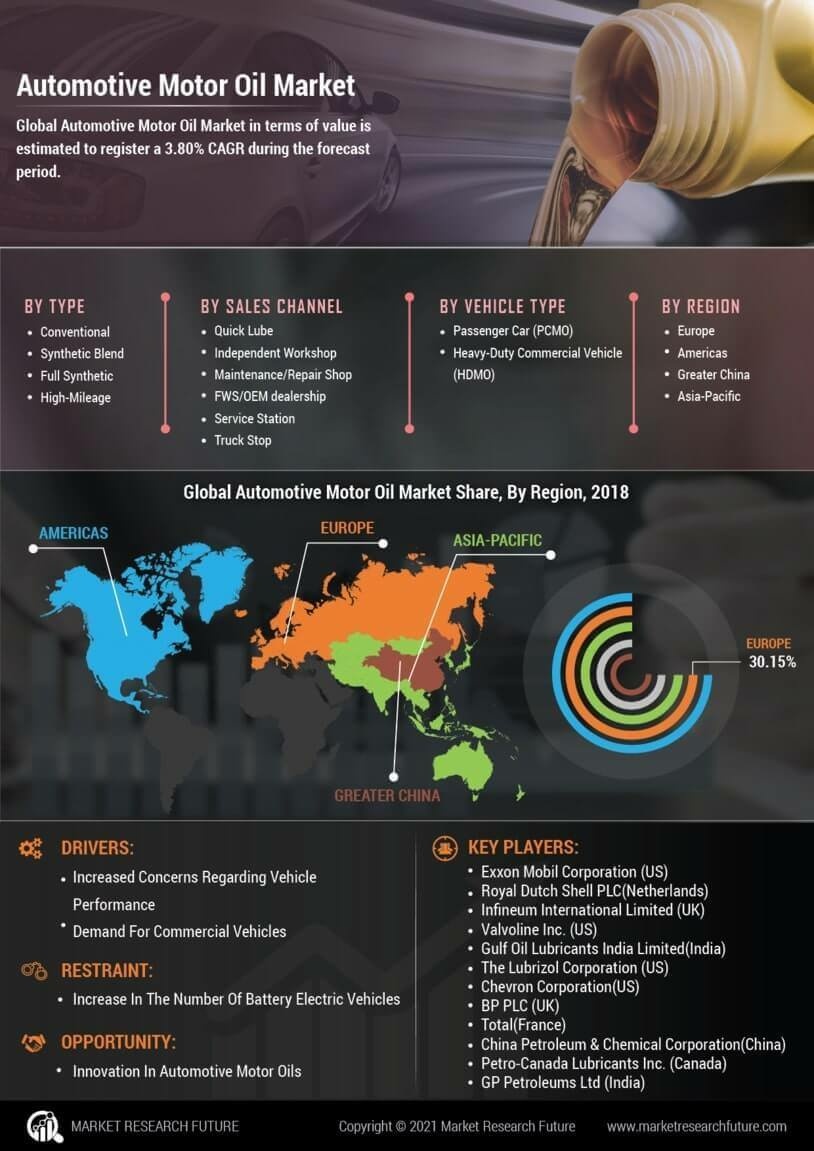

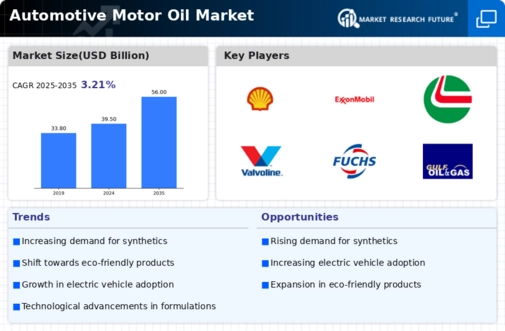
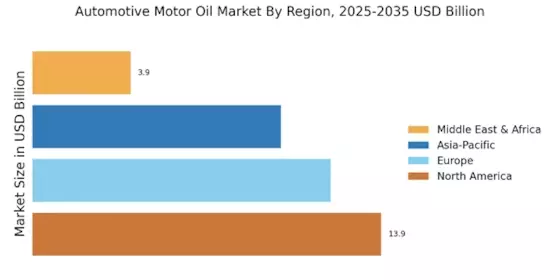
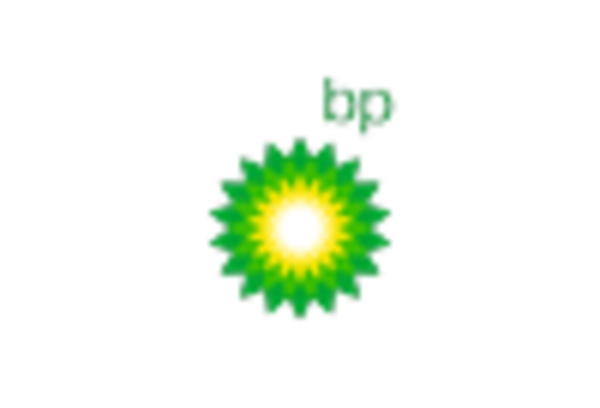
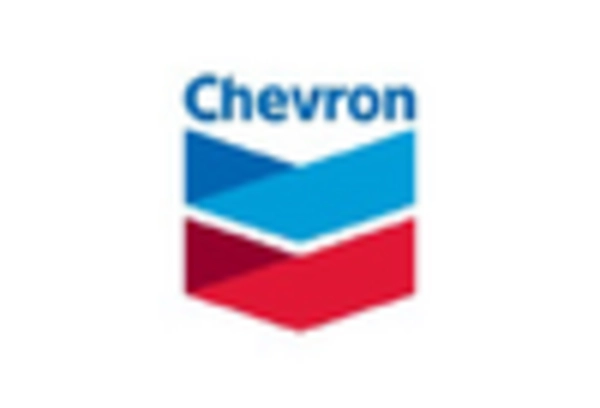
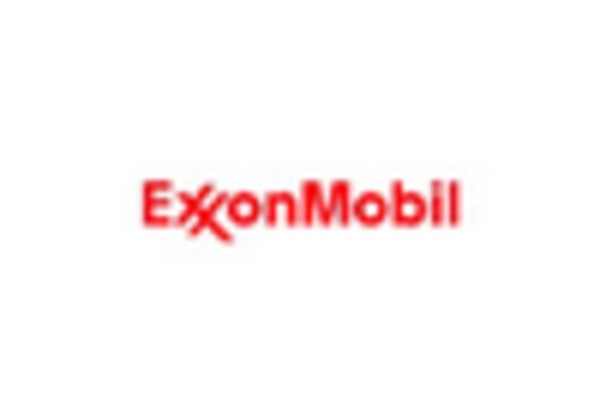
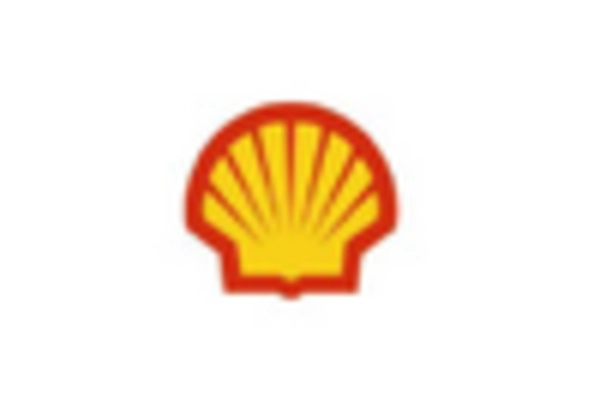
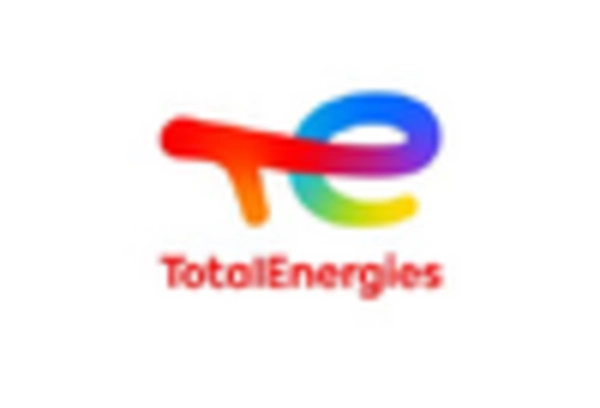
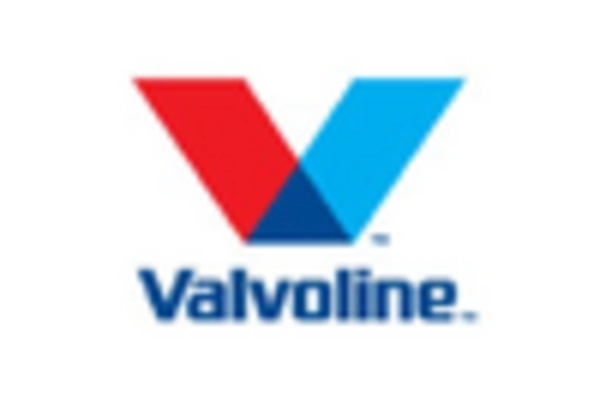








Leave a Comment